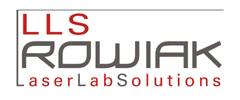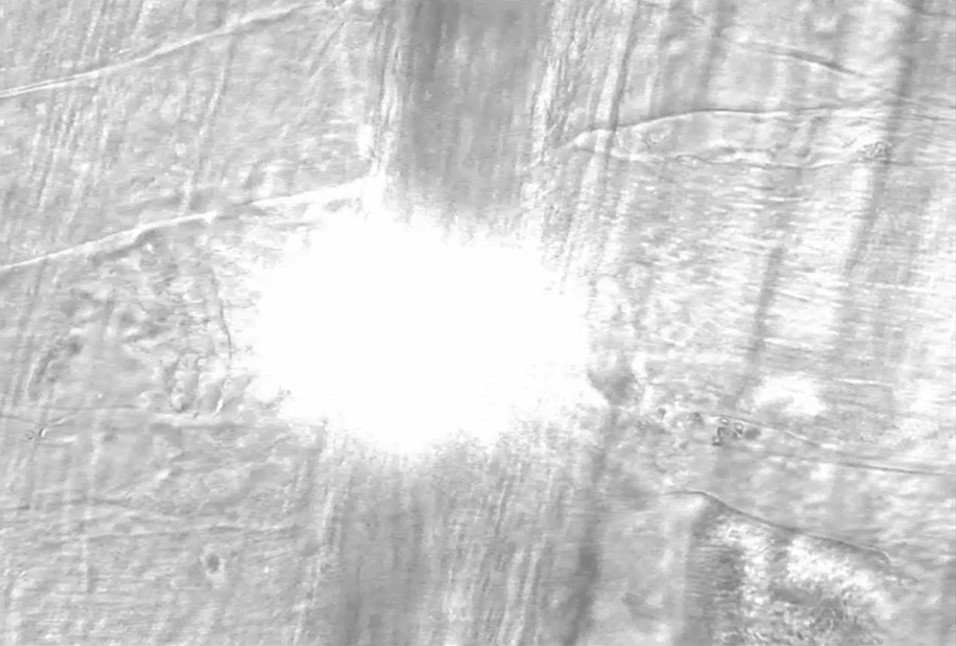CellSurgeon
High Precision Laser Dissection System
Manipulate and Image – From Organelles To Cells To Tissue To Small Organisms
CellSurgeon provides a powerful technology platform for precise and gentle laser dissection which enables precise, contact-free 3D-nanodissection of living cells and even subcellular structures. It is a versatile and modular tool suitable for a wide range of applications in biological, medical and pharmaceutical research reaching from subcellular cutting to laser based tissue manipulations in small animal models. Novel experimental approaches to study cellular processes such as cell division, apoptosis, wound healing as well as cell dynamics can be tackled.
Fields of application
- Dissection of subcellular structures, e.g. cutting of single cytoskeletal filaments
- Optical knockout or ablation of specific cell organelles
- Isolation of single cells or cell clusters for further cellular or biochemical analysis in tissues up to small model organisms (e.g. zebrafish embryo)
- Induction of tissue injury (e.g., vascular, neural) using laser
- …
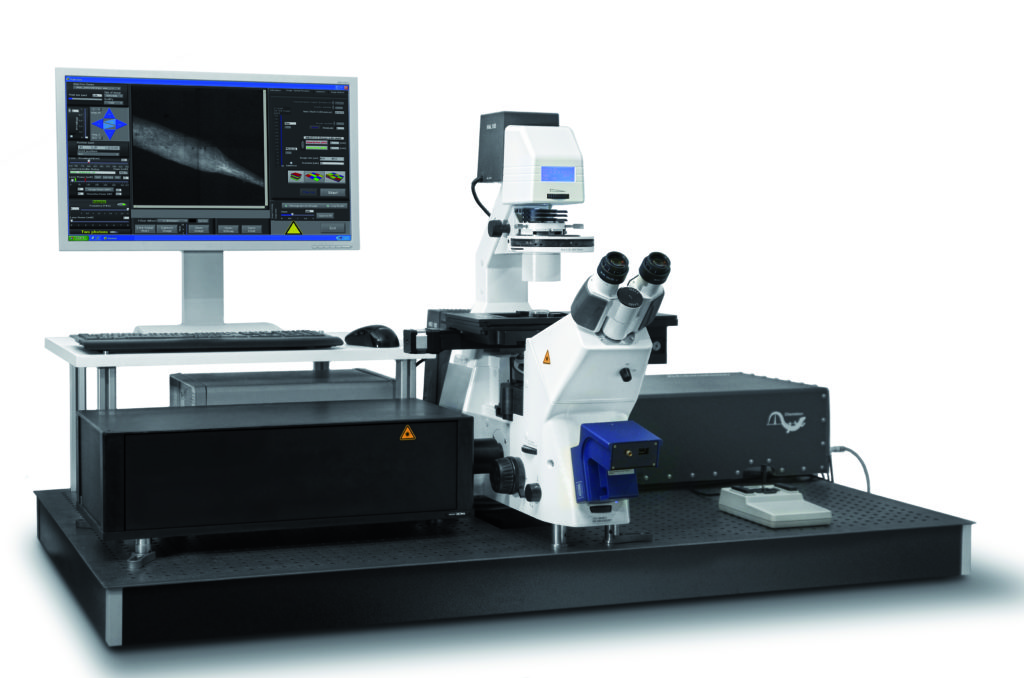
Use & Benefits
- Selective targeting of single cells or cell organelles for manipulation or even destruction
- In vivo nanosurgery in cells and model organisms from zebrafish to mice
- Laser dissector and microscopic imaging in one instrument
- Multiphoton Imaging
- Time lapse observation after manipulation
- Cutting function combinable with various microscopic techniques
- …
Cutting Of Actin Filaments
Artery Laser Cutting and Imaging
Subcellular Dissection of Mitotic Spindles
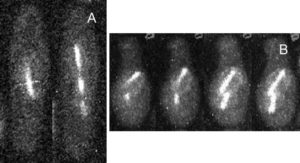
GPB-labelled mitotic spindles (fission yeast Schizosaccharomyces pombe), bleaching (A) and cutting/ ablation (B) © I. Raabe, MPI of Cellular Biology & Genetics, Dresden
Cell Organelle Ablation
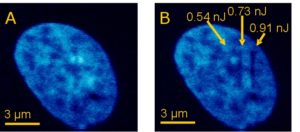 Ablation of nucleus with different laser power parameters, before laser ablation (A) and after (B)
Ablation of nucleus with different laser power parameters, before laser ablation (A) and after (B)
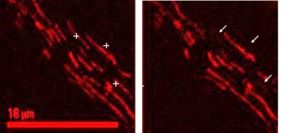 Ablation of mitochondria, before laser ablation (left) and after (right)
Ablation of mitochondria, before laser ablation (left) and after (right)
Principle of Laser Nanodissection
An near-infrared ultrashort pulse laser is coupled into a microscope. The ultra-short laser pulses (fs-pulses) are focused by a high numerical aperture objective. The high intensities created only within a minimal focal volume cause multiphoton absorption and enable visualization and accurate manipulation of cell structures at a subcellular level in a very precise manner in living cells. Due to virtually no thermal or mechanical energy transfer, the cellular structures adjacent to the tight focus of the laser beam remain unharmed and intact.
For more information, please have a look at our product brochure.
